In ancient times, Dan carvers were rewarded with gifts of women, food, festive ceremonies, and honorable status when they were granted the talent of carving during a dream. These dreams were seen as a means of communication with Du, the invisible spiritual power, thus establishing a link between the spiritual world and that of men. Statuary, although rare, played a prestigious role for its holder. The sculptures mainly represent effigies of wives, the "lü mä", which are human representations in wood. Unlike incarnations of spirits or effigies of ancestors, these sculptures are prestige figures which represent living people. They were often commissioned by chiefs, and the statues were then named in their honor. These works were placed in specially constructed miniature boxes, adding to their symbolic importance.
The tribal art collection comes from Guy Mercier, a consultant for the Solvay group, who began his collection in the early 20th century. During his work in West and Central Africa, he acquired works there. However, the bulk of his collection came from the "curiosity cabinets" that were popular in European capitals during the 1920s. Additionally, he acquired pieces from prestigious galleries in Paris, Brussels, London and New York. This collection was then entrusted to Mr. Jean Charles Mercier, the grandson of Guy Mercier.
Item accompanied by its certificate of authenticity. PS: what does the certificate of authenticity consist of?: https://www.african-arts-gallery.com/faq.aspx?qid=8
PLEASE NOTE THE PRICE OF TRANSPORT INCLUDES LOSS, THEFT, BROKENAGE INSURANCE.


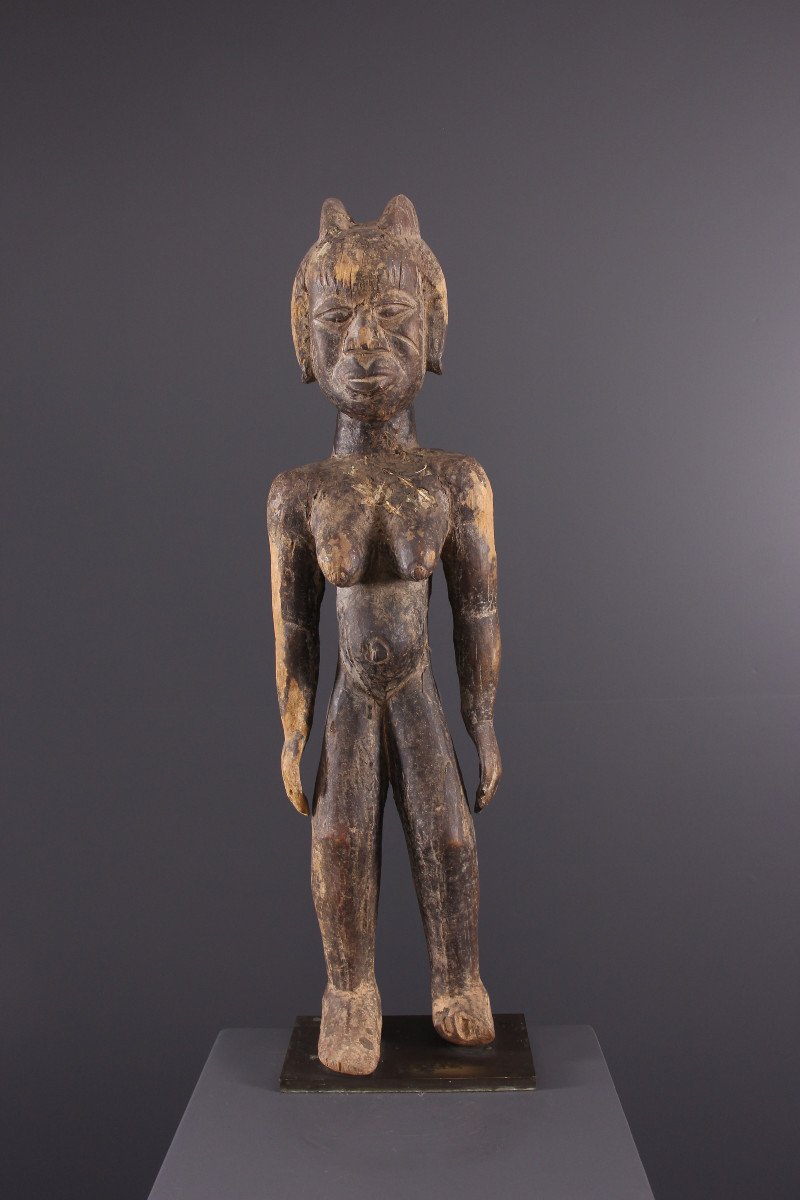
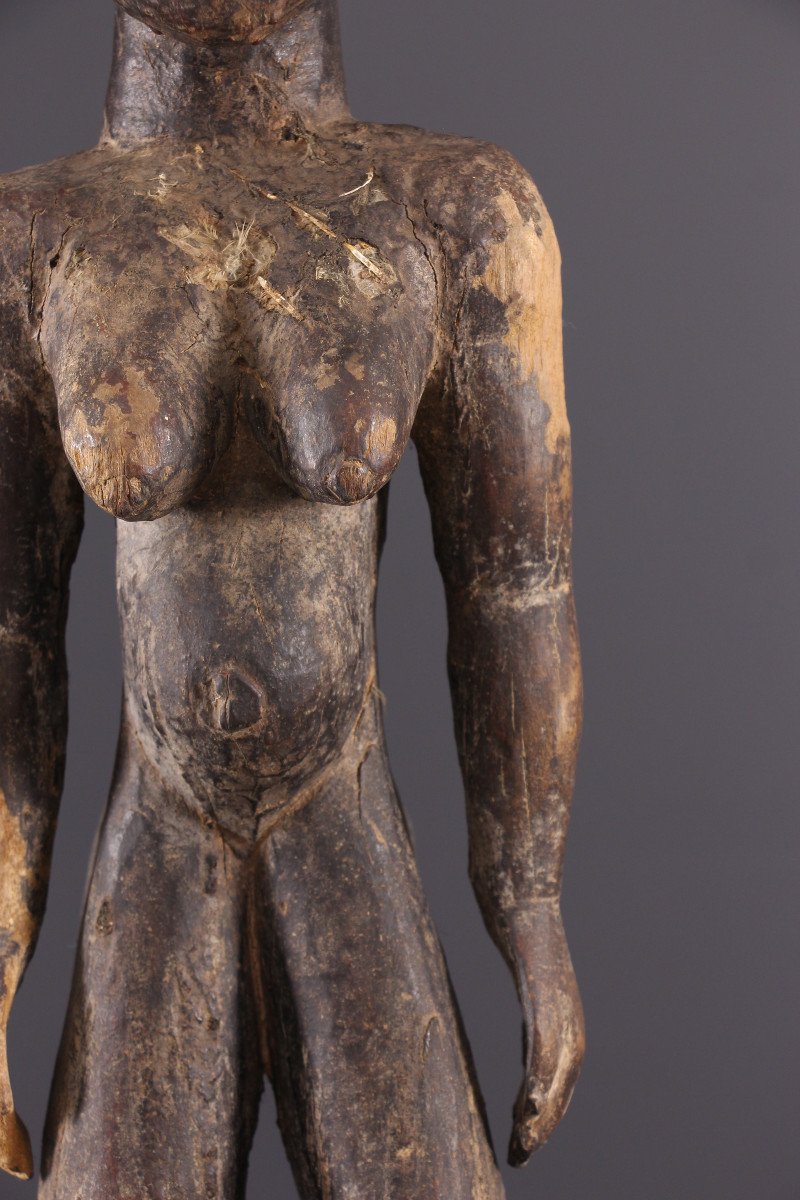
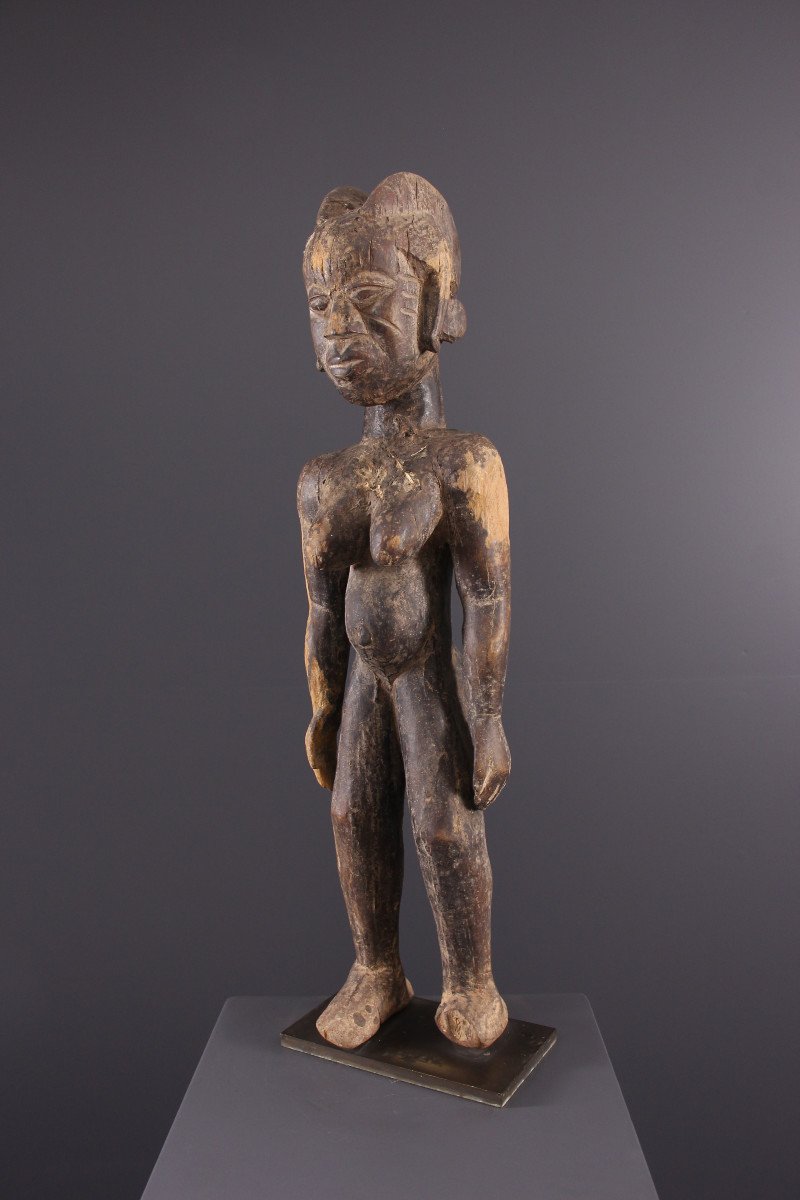
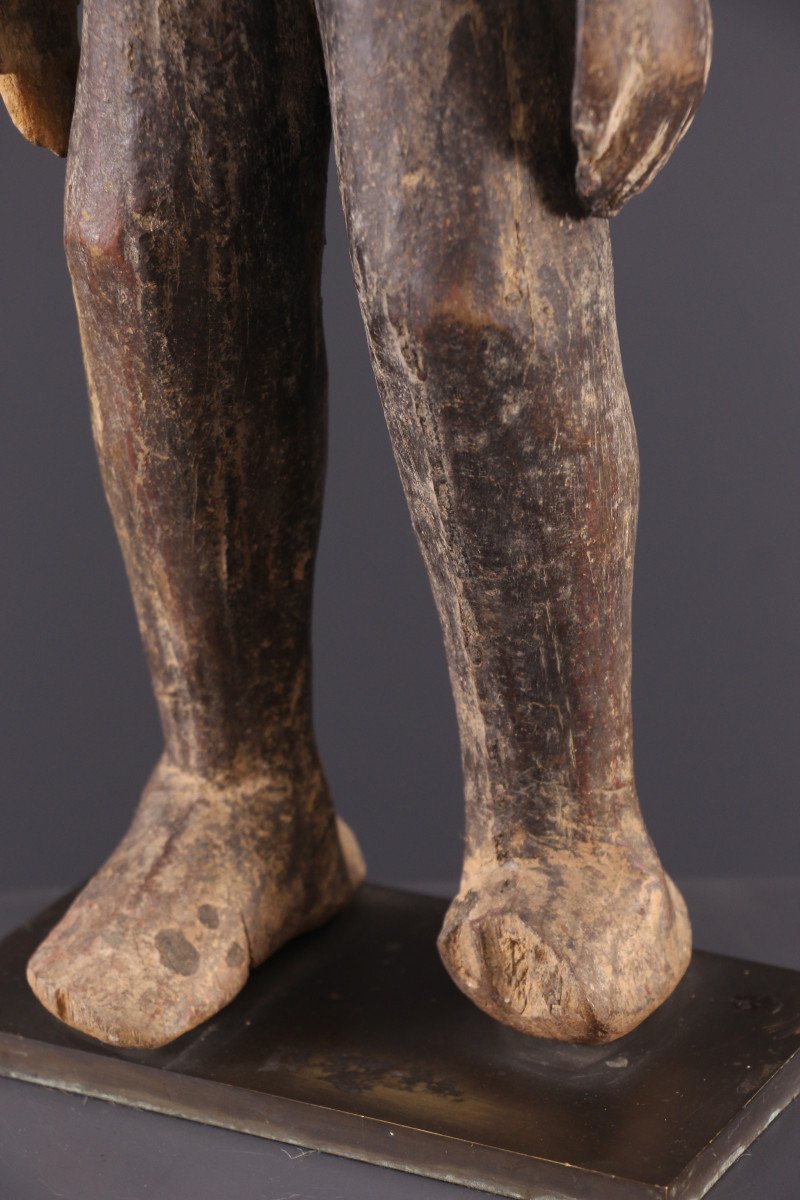
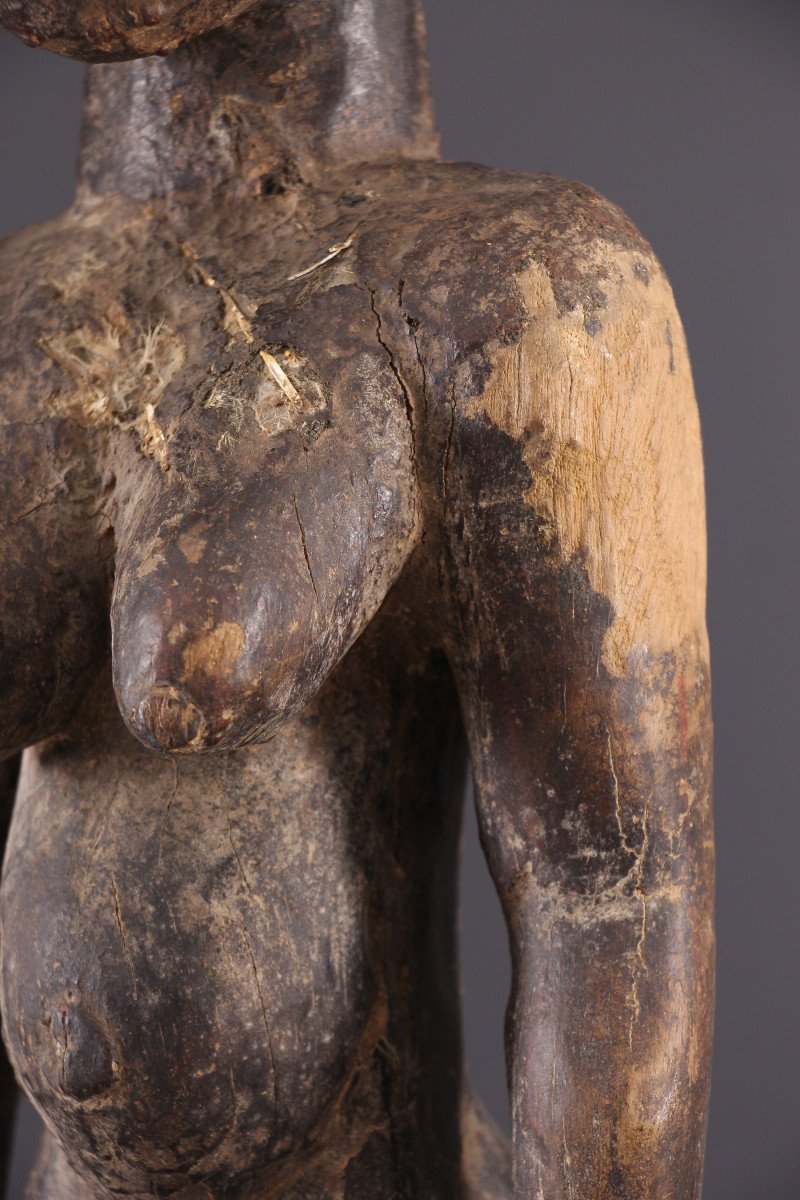
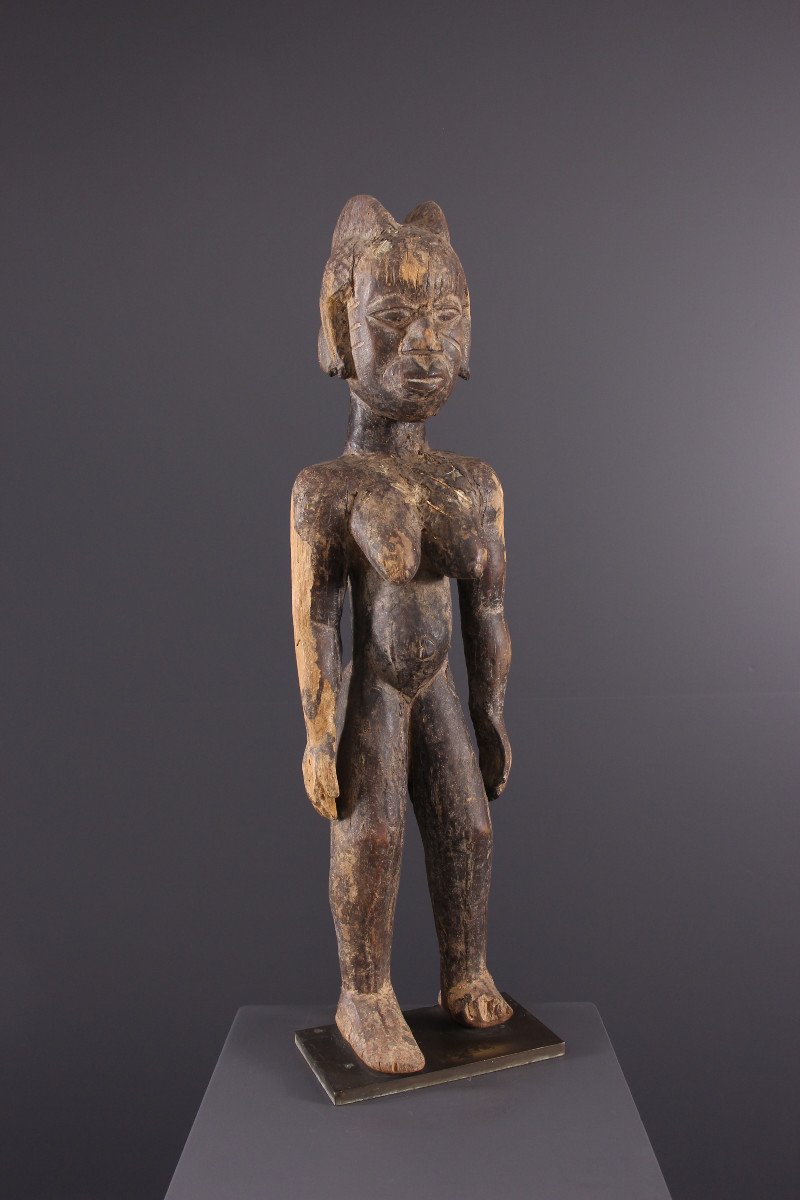
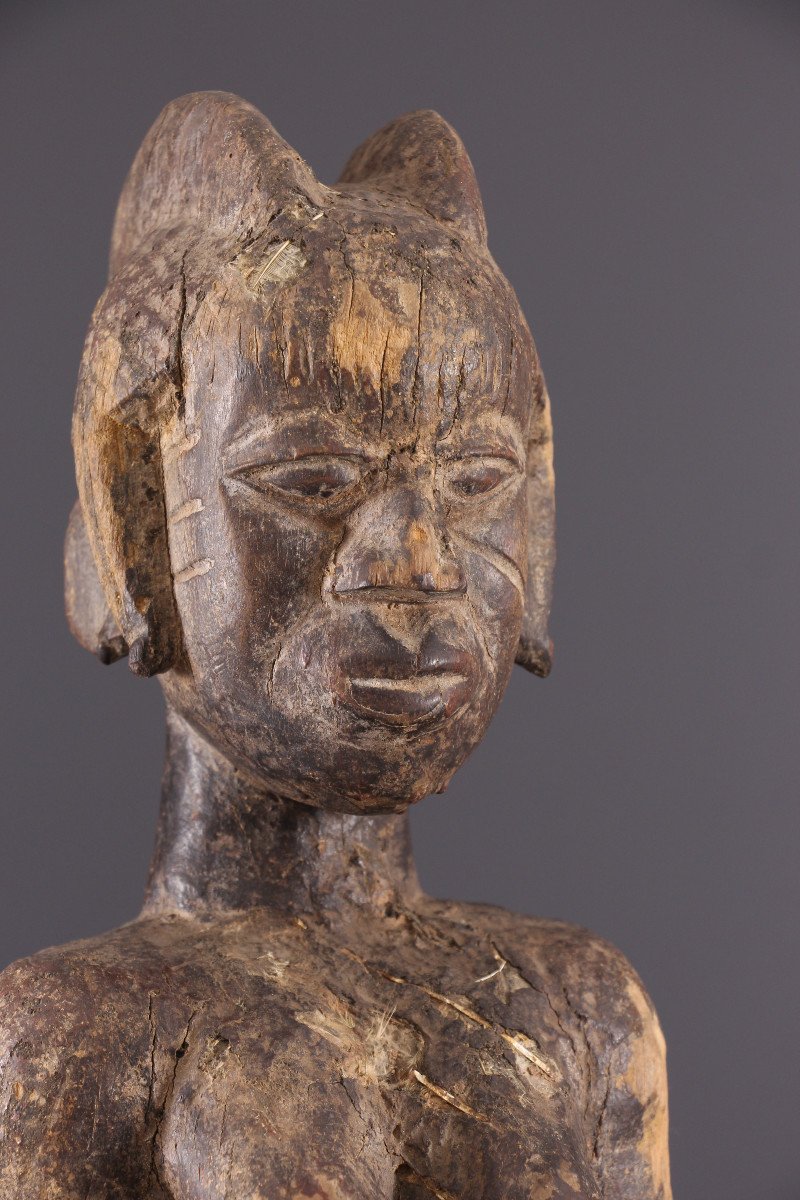
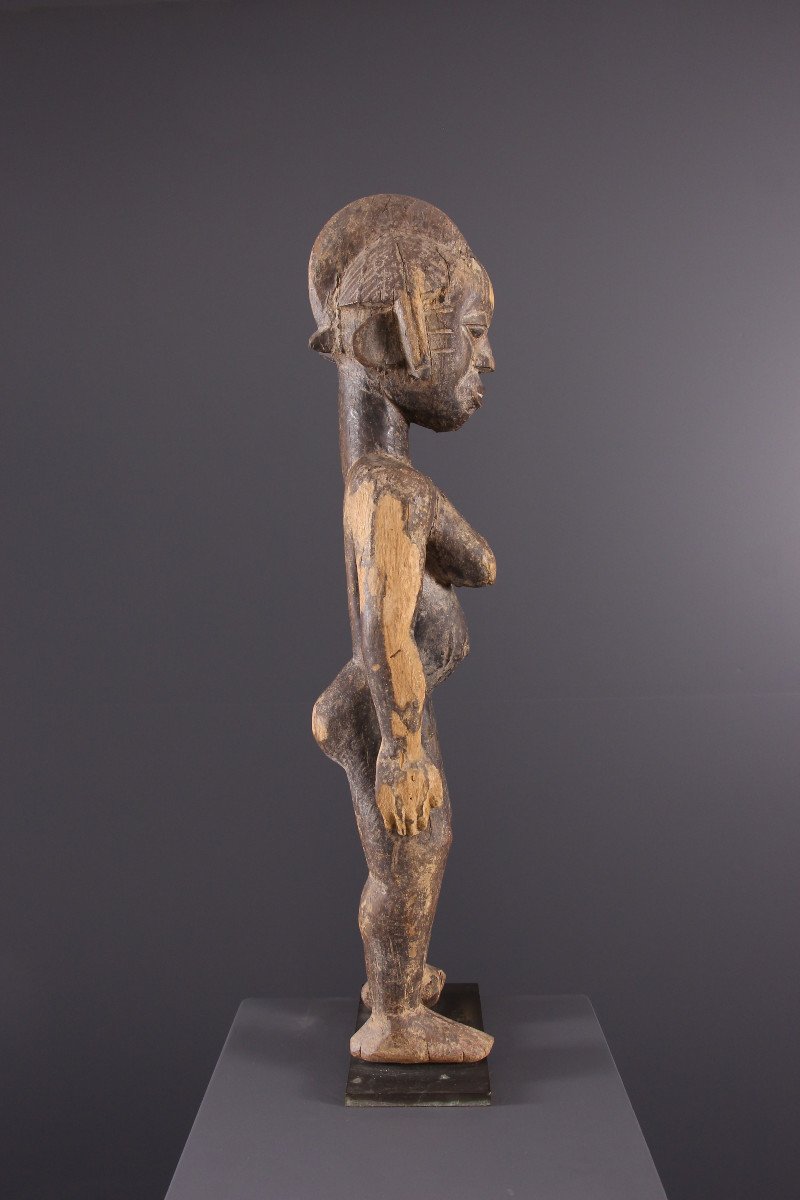
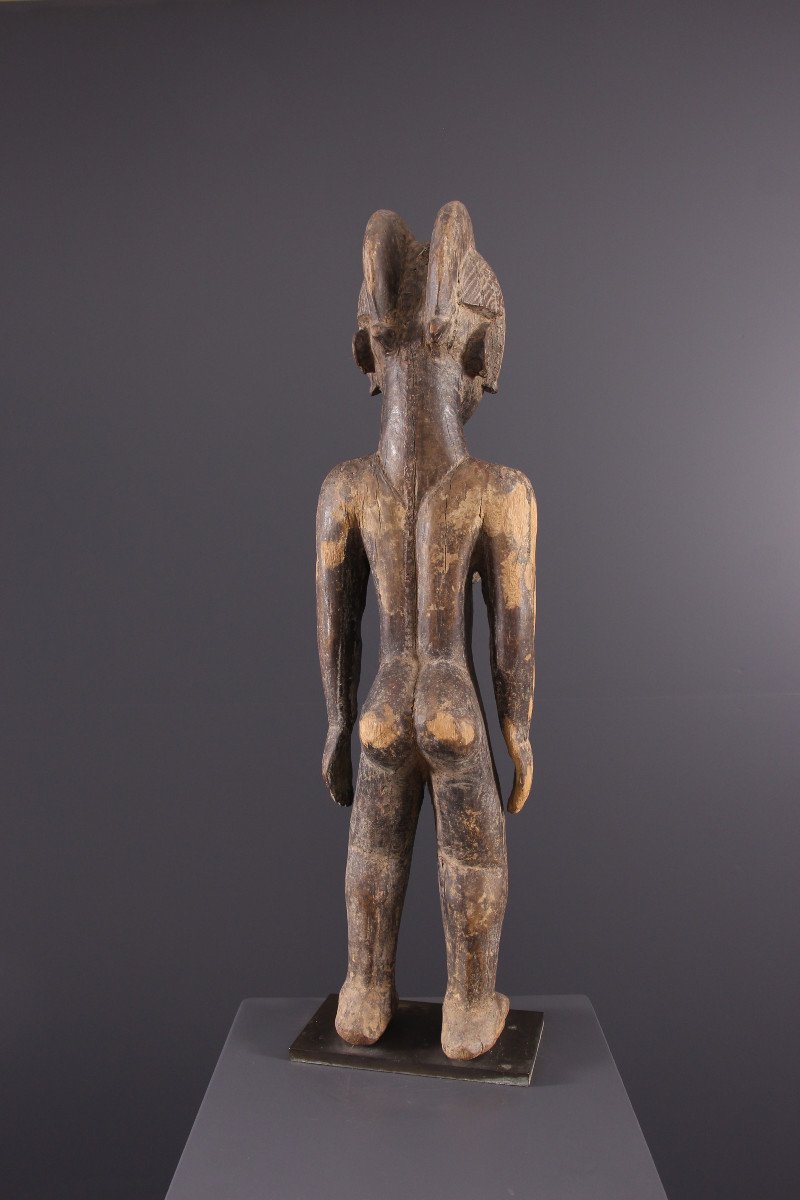
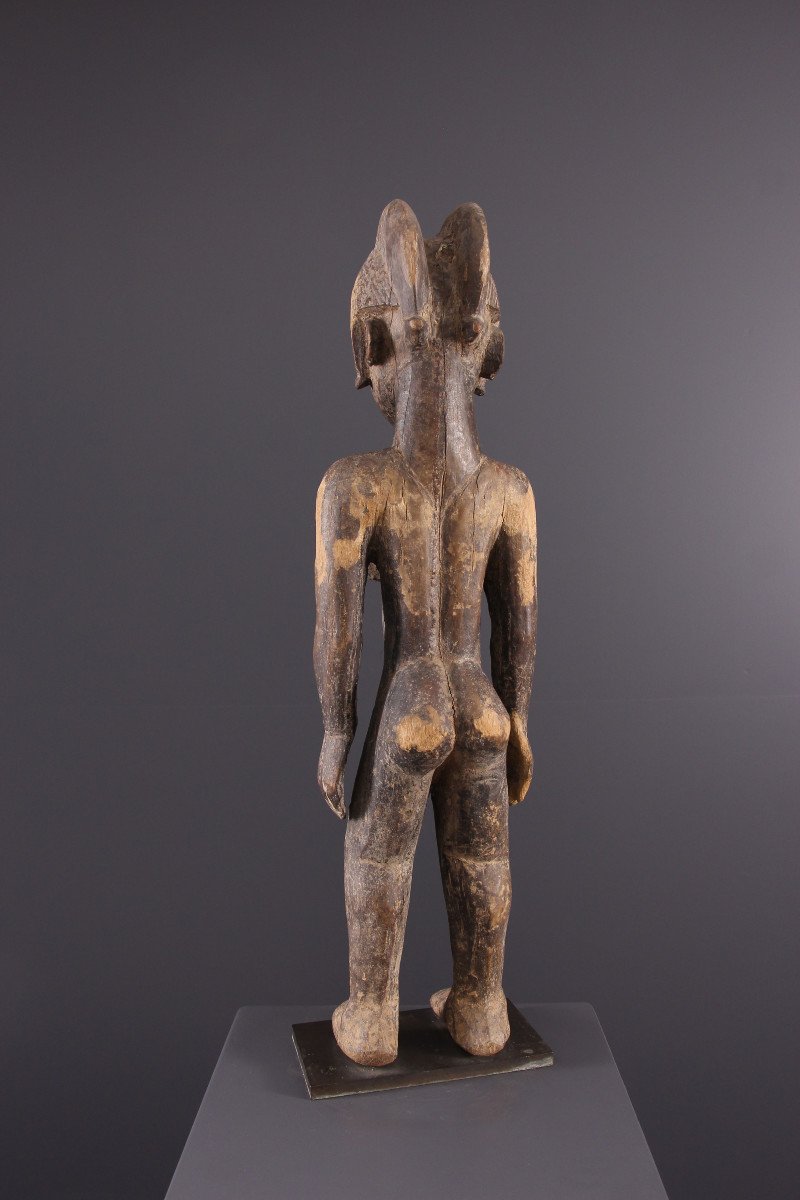
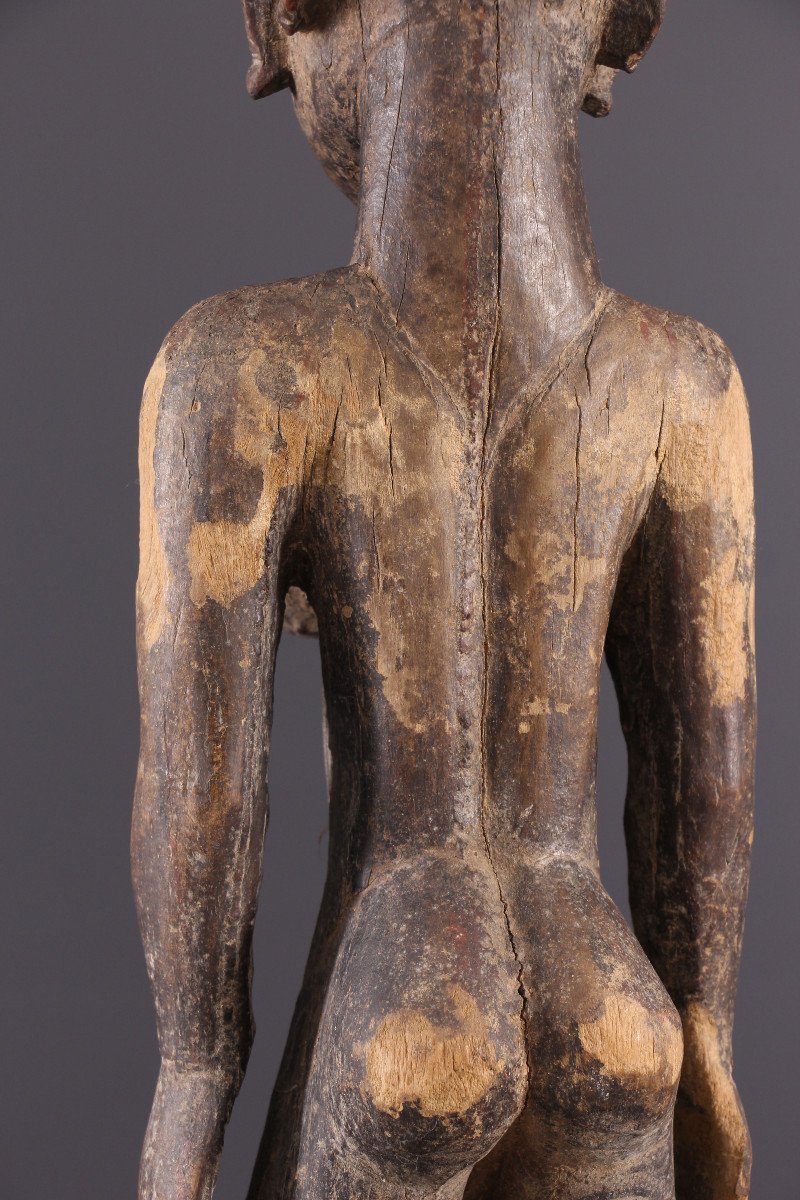

















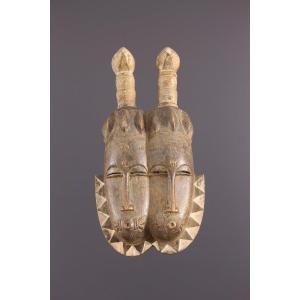

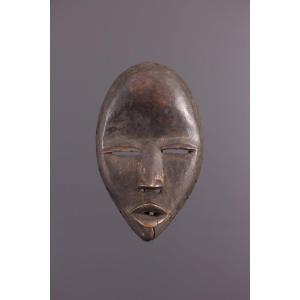

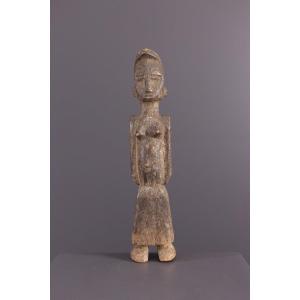




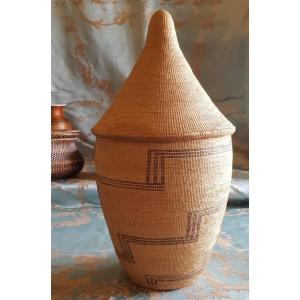
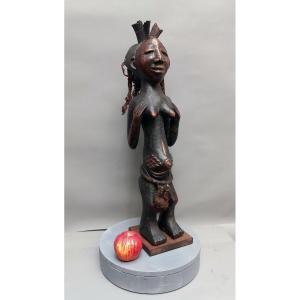
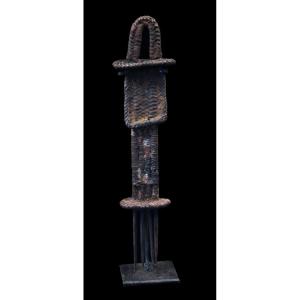

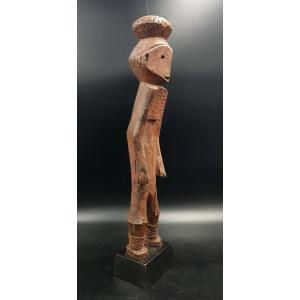



 Le Magazine de PROANTIC
Le Magazine de PROANTIC TRÉSORS Magazine
TRÉSORS Magazine Rivista Artiquariato
Rivista Artiquariato